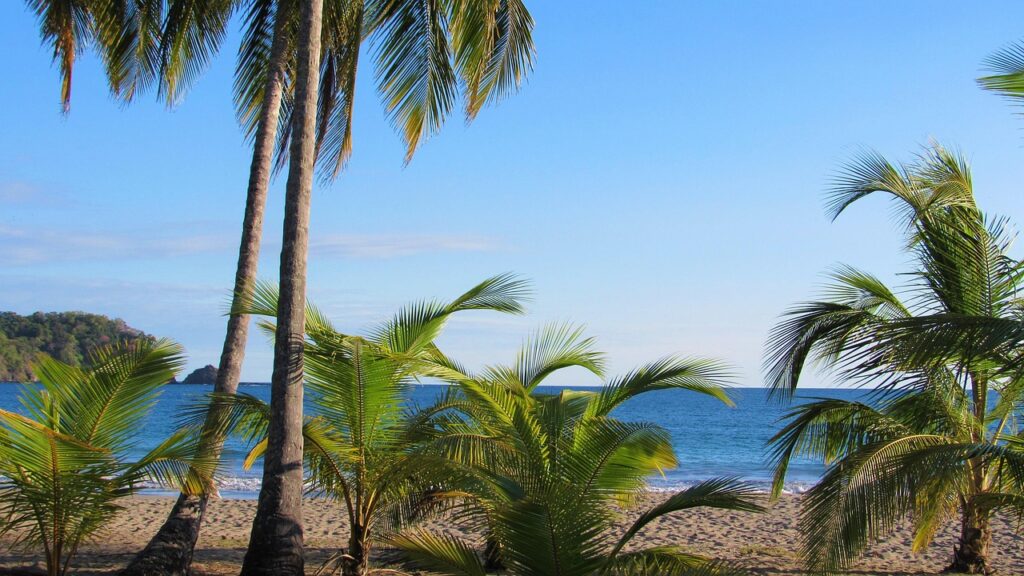
There’s something magical about roaming through the lush hills of Costa Rica. The air is fresh, the wildlife is vibrant, and every turn holds the promise of new discoveries. But here’s the thing: being in paradise doesn’t mean you want to cut off from the world completely. Staying connected is not just about sharing photos on Instagram; it’s also essential for navigation, booking accommodations, and reaching out in case of emergencies.
This post will guide you through the ins and outs of buying a rural SIM card with broadband in Costa Rica. You’ll want to stay connected while you explore those remote corners, and I’ll help you figure out how to do just that.
Why a Rural SIM Card?
First off, you might wonder: Why a SIM card instead of Wi-Fi? In many rural areas, public Wi-Fi can be sketchy at best. Connections drop, speeds slow, and you’ll often find yourself frustrated. A SIM card gives you your own reliable internet access, letting you stay in touch no matter where you are.
Understanding Your Options
In Costa Rica, there are a few major telecom companies: Kolbi, Claro, and Movistar. Each offers SIM cards that work in rural areas, but let’s break down what each one brings to the table.
Kolbi: This is the national telecommunications provider. They tend to have the best coverage, especially in rural regions. If you’re planning to hit the mountains or the less-populated coasts, Kolbi is the safest bet.
Claro: Known for decent urban coverage, Claro’s rural signal can be hit-or-miss. Some find it sufficient for their needs, but be sure to check reviews for the areas you plan to explore.
Movistar: They often offer competitive pricing, but their coverage isn’t as extensive in rural locations. You might find data drops or slow speeds if you venture too far off the beaten path.
How to Buy Your SIM Card
Getting a SIM card in Costa Rica is pretty straightforward. Here’s what you need to do:
1. Bring Your Passport
This is non-negotiable. You’ll need to show your passport when purchasing a SIM card. It’s a simple formality, but you won’t be able to skip this step.
2. Choose Your Plan
Most companies offer different plans for various data needs. You’ll find daily, weekly, or monthly options. Here’s a quick guide:
- Daily Plans: Great if you’re only in a location for a short time.
- Weekly Plans: Ideal for week-long adventures.
- Monthly Plans: Perfect for longer stays or if you need constant access.
If you’re a light user, a daily plan might work. For those spending lots of time outdoors navigating trails or finding hidden beaches, you’ll want something more robust.
3. Where to Buy
You can buy SIM cards at airports, convenience stores, or dedicated shops. If you land at Juan Santamaría Airport in San José, look for a Kolbi kiosk right after you clear customs. It’s super convenient.
If you’re already in a rural area, find a local shop or grocery store. Most will carry SIM cards and are generally helpful. Just don’t forget the Spanish basics! Knowing some phrases can help you secure the best plan.
Setting Up Your SIM Card
After buying your SIM card, setting it up is fairly simple. Here’s how:
1. Insert the SIM
This is usually as easy as popping it into your phone. If you’re unsure, ask the sales rep to help you out. They’re often quite willing, especially if you show a little interest.
2. Activate Your Plan
Some companies require you to dial a specific number to activate your plan. Others might need you to visit their website. Make sure you follow the instructions provided when you buy your SIM.
3. Test It Out
Once activated, test it to make sure everything is working. Check your data speed by browsing a few websites or using apps. If something feels off, don’t hesitate to return to the shop for help.
Tips for Maximizing Your Connectivity
1. Download Maps for Offline Use
Before heading out on a hike or to a remote part of the beach, download maps for offline access. Google Maps lets you do this, and it’s a lifesaver when you’re in areas with patchy signals.
2. Manage Your Data
First off, streaming will eat up your data quickly. Limit video watching and keep social media scrolling to a minimum. Instead, reserve data for essential tasks like navigation or communication.
3. Use Wi-Fi Where Possible
If you find a friendly cafe or a place with reliable Wi-Fi, benefit from it! This will help you conserve your mobile data and still stay connected.
Final Thoughts
Staying connected in Costa Rica doesn’t have to be a hassle. With a little preparation and the right SIM card, you can enjoy everything the countryside has to offer while keeping communication lines open. Whether it’s sharing your adventures on social media or simply making sure someone knows where you are, being connected can enhance your experience.
So, go ahead and explore those hidden gems! The world is waiting, and now you can enjoy it without losing touch.
Happy travels!
**Related Reading:** – [Related: How to Plan a Solo Trip on a Budget] – [Related: Top Destinations for First-Time Solo Travelers] **#SoloTravel #Ultimate #Guide #Buying #Rural #SIM #Card #Broadband #Costa #Rica #Stay #Connected #Exploring #Countryside**